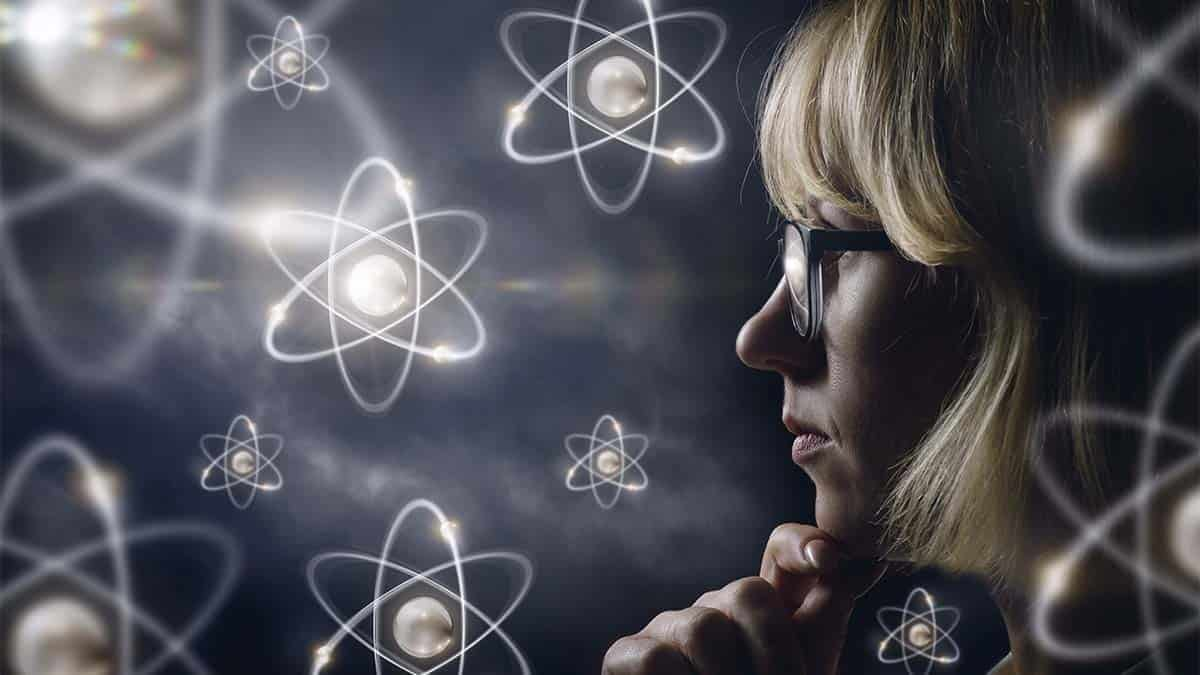
Quantum Mass Spectrometer | Fast Atoms
In our last article ‘Beam me Up’ we talked about how we have successfully steered a beam of ions around our new instrument. Here we discuss our next step, how we neutralise the ion beam to produce a beam of fast atoms.
The Quantum Mass Spectrometer will offer highly selective separation of atoms with different masses. For example, we will be able to determine the amount of carbon-14 versus the amount of carbon-12 or carbon-13. The extreme selectivity of the new Quantum Mass Spectrometer is made possible by the interaction of lasers and a beam of fast atoms. At 350 000 km/hr these atoms are fast enough to travel from London to New York in less than a minute.
How is a beam of charged ions converted to a beam of uncharged atoms? The magic happens within a part of the instrument called the charge exchange cell (CEC). A beam of cations (atoms missing an electron) pass into the Charge Exchange Cell where they interact with sodium vapour. Electrons from the sodium atom are passed onto cations in the ion beam converting them back to atoms. The interaction with sodium atoms doesn’t slow the beam, the resulting beam of atoms travel at the same speed as the ion beam.
A charge exchange cell has been successfully installed and tested in our experimental set-up. The cell is loaded with sodium metal, which is vaporised when heated to 250 – 300°C. To heat the charge exchange cell, four 300 Watt cartridge heaters are secured to the body of the cell with metal straps. The heaters are connected together in a parallel circuit, through which a current is passed. This causes the temperature of the heaters to increase.
The temperature of the charge exchange cell is monitored using three thermocouples, which are read using a digital multimeter. One thermocouple is placed against the centre of the cell where the alkali metal resides. The other two thermocouples are secured against each of the CEC’s stainless steel ends. The temperatures of the ends are monitored to ensure that they remain cool enough that alkali vapour condenses at the CEC’s entrance and exit before it has the chance to escape into the apparatus, which would be difficult to clean up and significantly worsen the vacuum pressure.
After installation, the CEC was heated, and a beam of argon ions was passed through the CEC. It was observed that a fraction of the ions were neutralised, verifying that the CEC is working as planned.
During the initial stages of beamline development, each component is developed, installed and tested individually, to ensure that it behaves as required. During later stages, the beamline components can start to be used together as an instrument. Observing neutralisation of the ion beam is a significant step in the development of our apparatus, as it indicates that the ion source, ion optics, vacuum systems, charge exchange cell and detector systems are all working in concert.
The final pieces of the puzzle are now the laser beams, which will be tuned to manipulate and ionise the atoms of interest and select them from the fast atomic beam. We are currently in the process of setting up the optics necessary to transport the laser beams from their outputs through the instrument, after which spectroscopy experiments can begin.

